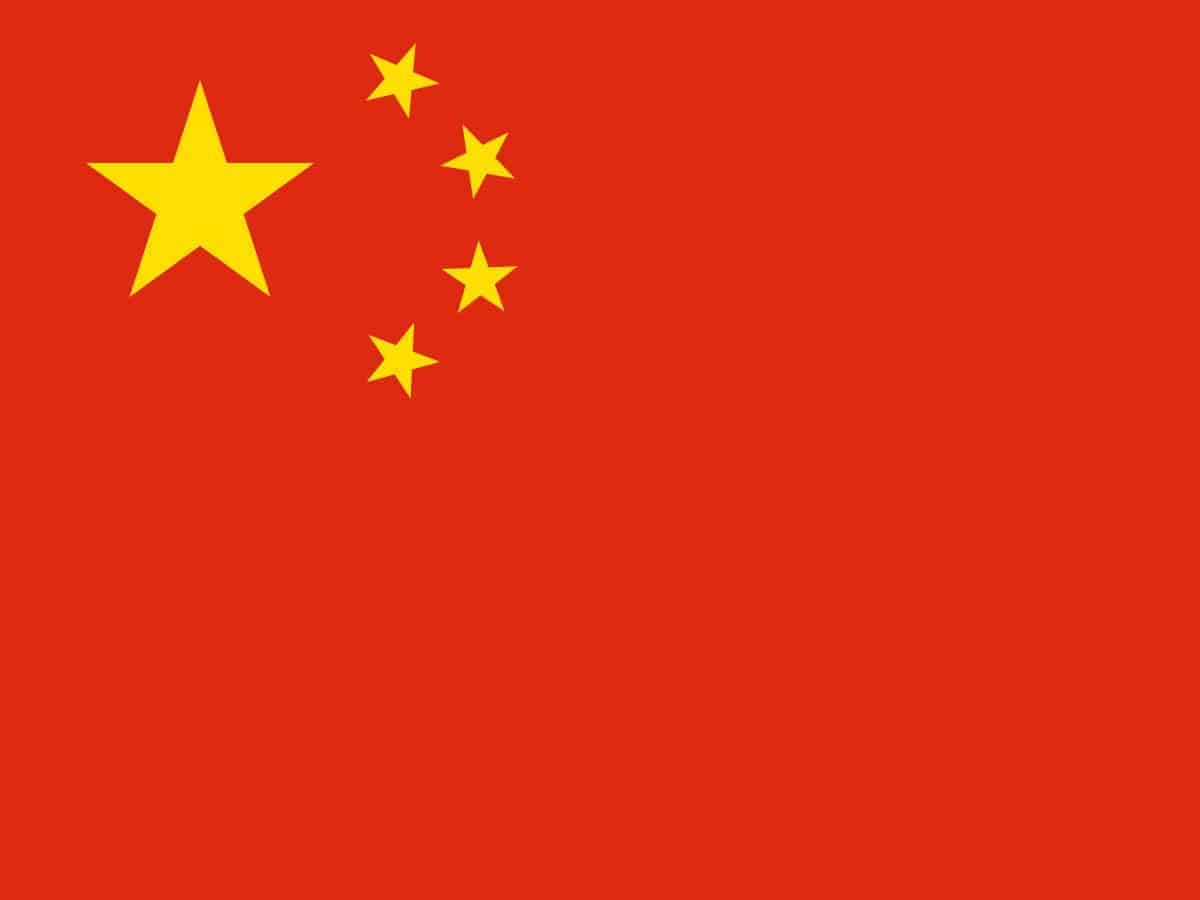Beijing: US companies are reducing their exposure to China’s textile and clothing suppliers with Washington remaining committed to combating forced labour issues, South China Morning Post reported citing trade data and an industry expert.
Last year, China’s share in the US apparel market fell to a decade-low of 23 per cent when measured by value, according to data from the Office of Textiles and Apparel under the US Department of Commerce.
In contrast, the combined market share of China’s competitors in Asia, including Vietnam, Bangladesh, Indonesia, India and Cambodia, rose to a new high of more than 42 per cent in 2020, up 7 percentage points from a year earlier.
The SCMP reported that the impact of coronavirus pandemic on the economy and the tariff imposed by the United States on Chinese goods since 2018 have played a major role in China’s shrinking shipments of clothing and textiles to the US last year.
While China’s total textile and apparel exports to the US dropped by more than 30 per cent last year from a year earlier by value, its shipments of cotton related items to the US dropped by nearly 40 per cent, according to the US government data.
Specifically, only 15 per cent of US cotton apparel came from China last year, down from 22 per cent in 2019, while imports of cotton textiles from China dropped by 4 percentage points to 27 per cent last year
“We shall not underestimate the impact of non-economic factors on China’s prospect as an apparel-sourcing destination in 2021. Notably, the reported forced labour issue related to Xinjiang, China, and a series of actions taken by the US government have significantly affected US cotton apparel imports from China,” said Sheng Lu, an associate professor of fashion and apparel studies at the University of Delaware.
“The new Biden administration has expressed its commitment to improving human rights and labour standards in international trade. It is likely that more draconian trade-restrictive measures or even economic sanctions will further change US fashion companies’ calculation about the costs and benefits of sourcing apparel from China in 2021 and beyond,” Sheng added.
Earlier last month, the US government issued an order to detain cotton and tomato products produced in Xinjiang at US ports of entry over forced labour concerns. The order applies to all products made in part or entirely from Xinjiang’s cotton and tomatoes, including textiles and apparel.
Over the past few years, China has faced mounting criticism, including from the European Union and the United States over the alleged use of Uyghurs and other ethnic minority groups in forced labour camps, mainly in the Xinjiang region.
Beijing, however, has denied the claims, stating that it runs vocational training centres to combat religious extremism and terrorism, according to SCMP.
The International Labour Organization (ILO) has identified eight fundamental conventions covering areas considered to be basic principles and rights at work, like forced labour, collective bargaining and the right to form trade unions.
Though China, a member of the ILO has already ratified four of the less controversial conventions–on equal remuneration, discrimination, minimum age and child labour–it has not agreed to ratify two conventions on granting workers’ freedom of association and protect their right to organise.

